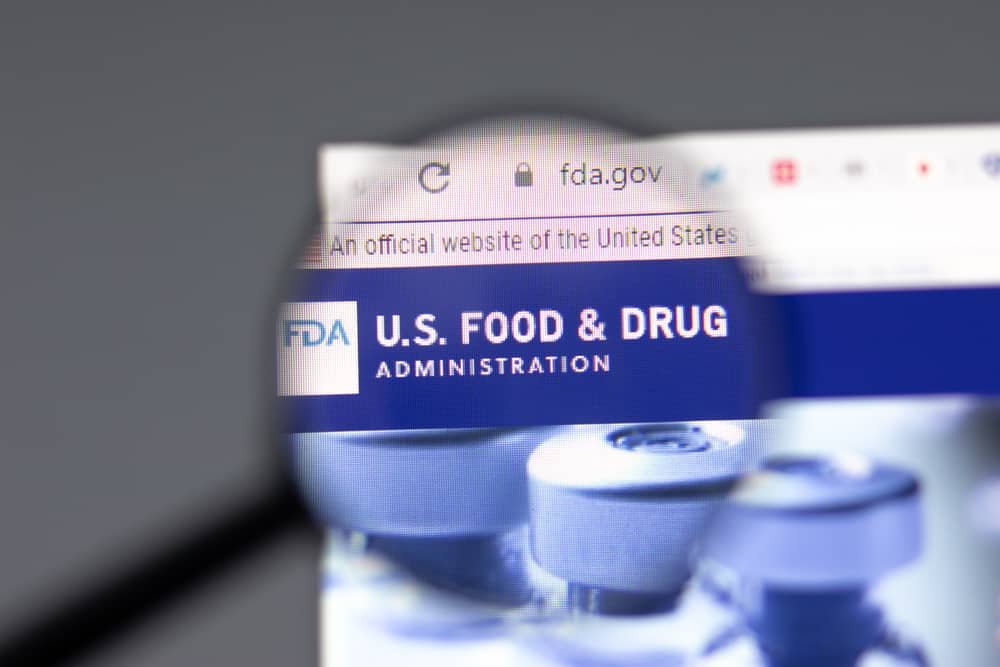
We love our pets. For many, our pets are an extension of our family, which means we take their health seriously. Those interested in learning more about how the FDA rates pet food might be a little astonished as to what they find out about brands they’ve known and trusted.
This post will go over the fundamental definitions the FDA uses to classify foods and drugs. These definitions can be somewhat confusing and leave you with any questions about whether or not what you’ve been feeding your pets is healthy. Are you also curious about what an FDA dog food rating means?
What is the FDA
The Food and Drug Administration (FDA) regulates dog food and dog treat or snack production available on the current market. However, there is no requirement for pre-market approval on these dog-related items.
The FDA’s pet food regulation is based on the same basic guidelines as food manufactured for humans. The FD&C Act ensures that all animal foods are safe to eat, made in a sanitary facility with sanitary conditions, contain nothing harmful or toxic, and be accurately labeled.
FDA Official Terms
The FDA uses specific terms that must be clearly defined to understand its regulatory process. Knowing the difference between food and a drug is crucial.
The term food is precisely defined and quoted as items used for drink or food for animals or humans and includes the items used as the ingredients in creating the items used in the food or drink. This helps define when a product is used primarily for the taste, nutrition, or aroma of a product, but it leaves room for interpretation.
An excellent example of this would be a food that contains calcium that may change bone density.
The FDA explicitly defines and quotes that Drug includes items used in the cure, mitigation, diagnosis, prevention, and treatment of illness in an animal or a human. animals.”
A perfect example is food created to improve joint function in your dog who is suffering from arthritis.
This distinction is important because of the benefits claimed by dog food manufacturers on the packaging. Certain dog goods are used as an all-inclusive diet that serves as food or a drug. In 2016 the FDA approved a Compliance Policy Guide that makes it possible to regulate certain products as both.
FDA Labeling
All pet food must be labeled according to the FDA. Some states require additional labeling with the guidelines being set by the Association of American Feed Control Officials.
Labels must meet specific requirements for public sale. Dog food must be appropriately identified. All ingredients must be listed in order of usage, from most used to least used. The manufacturer’s name or place of business must also appear.
Any statements made by the business, such as “promotes healthy teeth,” are also reviewed for accuracy by the FDA.
Congress amended the FD&C Act bypassing the FDA Food Safety Modernization Act (FSMA) in 2011. This makes it much easier to protect the public by preventing food contamination rather than responding to issues after the fact. This legislation relates to both human and pet foods.
Like human food facilities, food safety plans must be in place. There must be hazard analysis, and preventive controls are used in all companies that are registered as animal food facilities.
These registered companies are also required to adhere to and create standards during the food product’s processing, the packing, packaging of the food products, and finally, the food product’s safe holding.
Additives Are Approved and Supposedly Safe to Use
Many company’s use food additives in their products. An additive is anything that becomes or is a part of the food. Any company can submit a petition of food additives that proves its food is safe and no using unapproved additives in their product as that is majorly illegal.
In conclusion, the FDA does regulate the safe and lawful production of pet foods. However, the definitions of what can be included or approved are a lot more lackadaisical than we would think. That is why it is best to learn to read the ingredients and research the products you purchase for your family and your pets because our pets are our family.
ATTENTION READERS
We See The World From All Sides and Want YOU To Be Fully InformedIn fact, intentional disinformation is a disgraceful scourge in media today. So to assuage any possible errant incorrect information posted herein, we strongly encourage you to seek corroboration from other non-VT sources before forming an educated opinion.
About VT - Policies & Disclosures - Comment Policy



